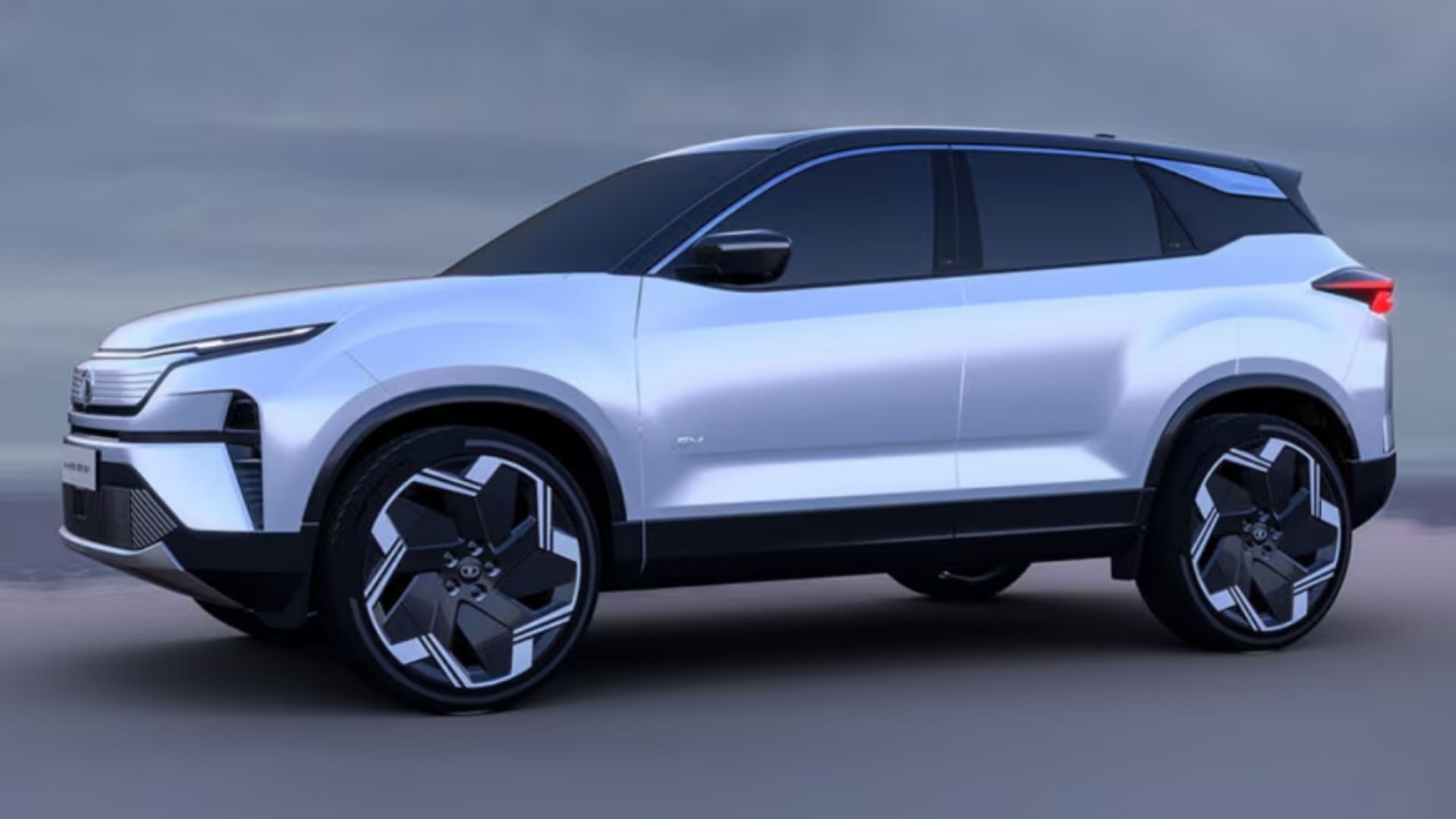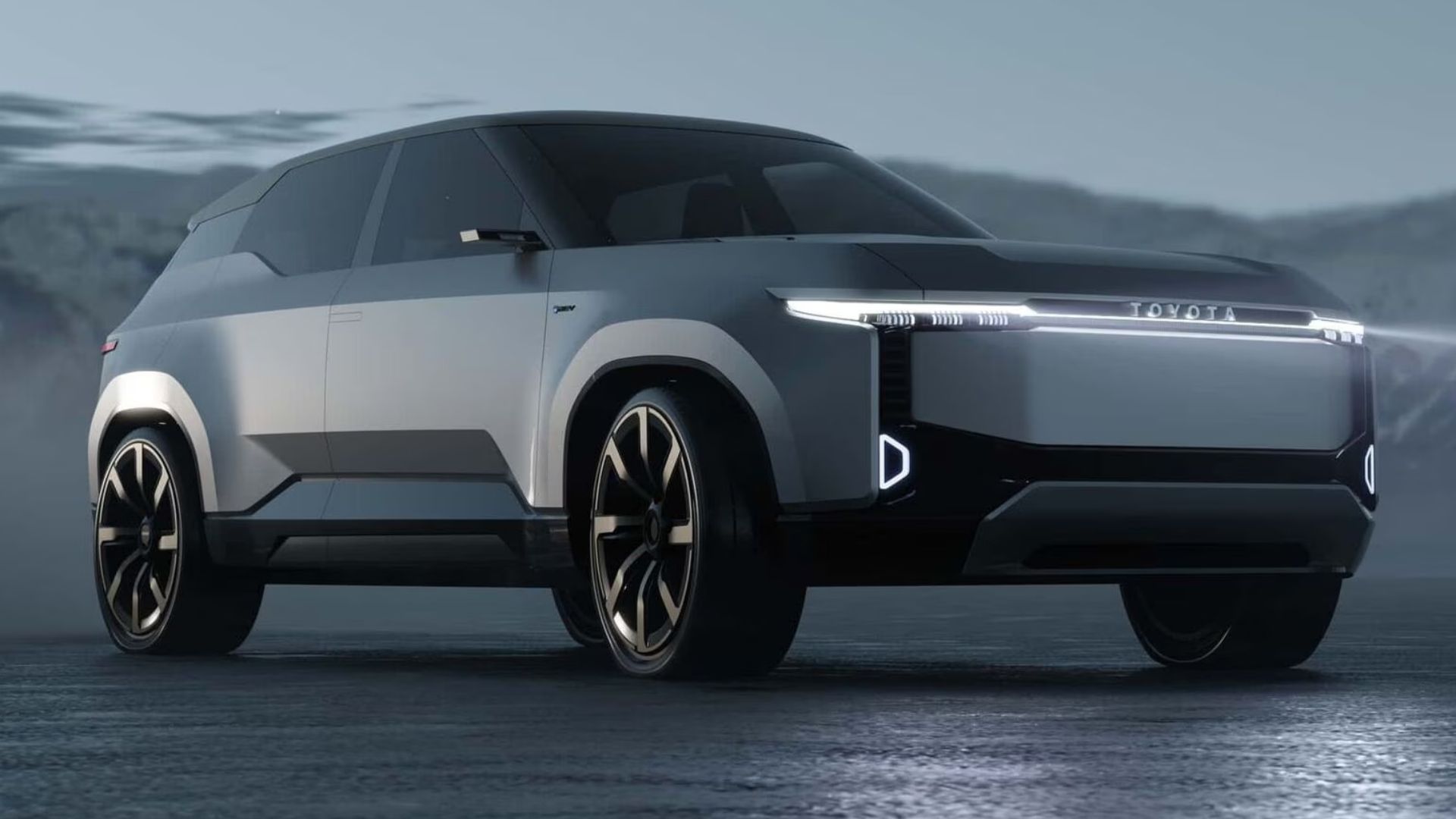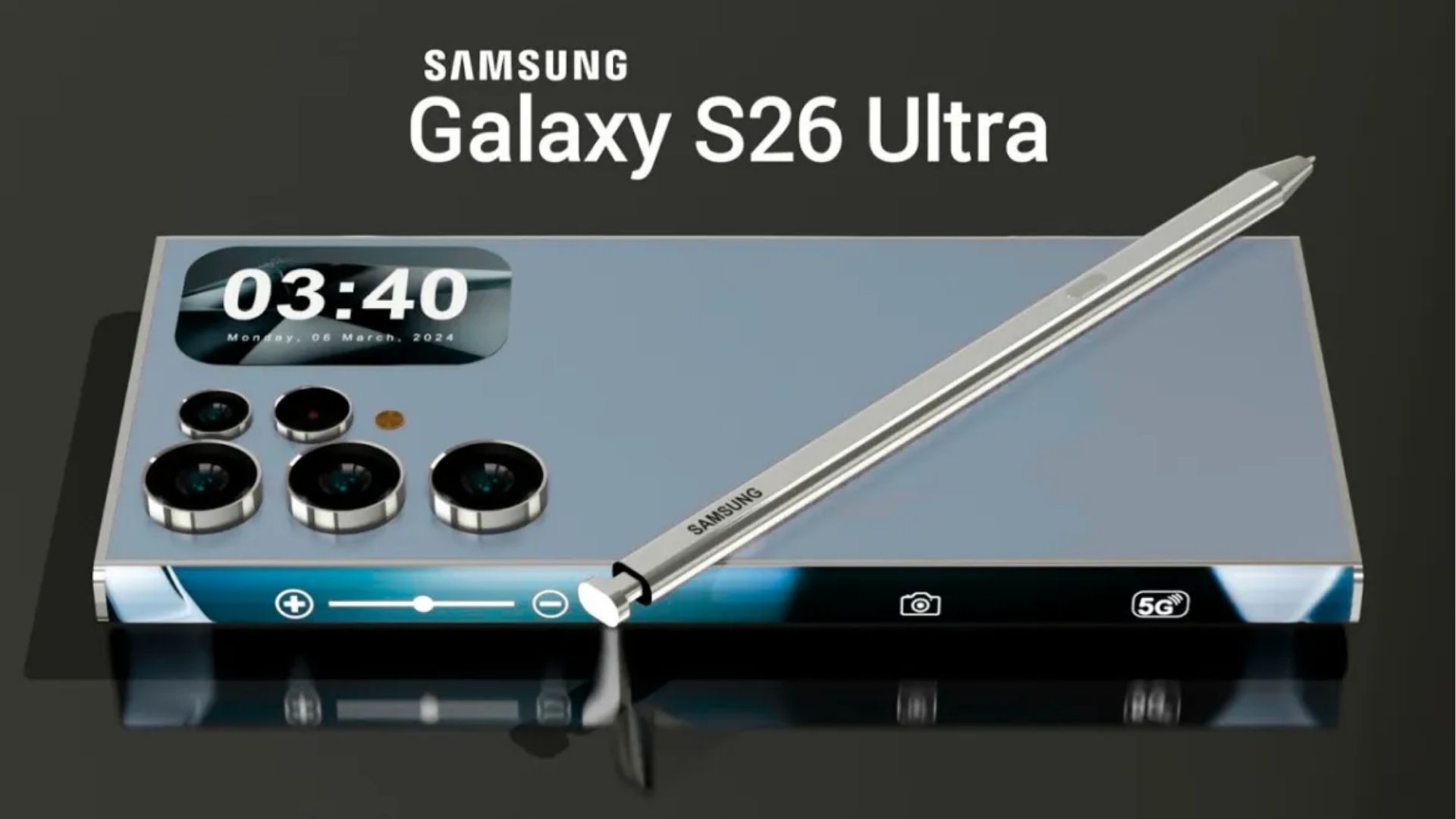In the relentless pursuit of innovation, Apple might be taking a page from Samsung’s playbook — and it could be a thermal game-changer. Rumors suggest that the upcoming iPhone 17 Pro Max may feature vapor chamber cooling, a technology already present in Android flagships like the Galaxy S25 Ultra. Could this signal a radical new shift in iPhone performance and thermal efficiency? Let’s break it down.
READ MORE : https://digitalmohit.co.in/
The Rumor Mill Heats Up — Literally
Over the past few weeks, several credible leaks and industry insiders have reported that Apple is actively testing vapor chamber (VC) cooling solutions for future iPhones — specifically for the 2025-bound iPhone 17 Pro Max. While VC cooling has long been part of the Android ecosystem (Samsung, ASUS ROG, Xiaomi, and others), this would mark the first time Apple introduces it into the iPhone lineup.
And if it turns out to be true? It’s more than just a nod to tech trends — it’s a response to growing thermal concerns in increasingly powerful smartphones.
READ MORE : https://Best Mobile Phones to Buy in 2025: Top Picks for Every Budget
What Is Vapor Chamber Cooling, and Why Does It Matter?
Before we get too excited, let’s break down the tech.
A vapor chamber is a flat, vacuum-sealed chamber filled with a small amount of liquid (usually water). As the phone heats up during intensive tasks like gaming or 4K video recording, the liquid evaporates, carries heat across the chamber, and then condenses on cooler surfaces — dissipating the heat much more effectively than traditional graphite pads or passive copper plates.
Why It Matters:
- Lower device temperature: Less throttling during intensive tasks.
- Sustained peak performance: Especially useful for A-series chips that push mobile computing to its limits.
- Improved battery longevity: Lower temps = happier lithium-ion cells.
- Enhanced gaming & AR/VR experiences: No lag, no overheating pop-ups.
In other words, your phone stays cooler, faster, and smarter — all day long.
Apple’s A-Game: Why Now?
Historically, Apple has preferred elegant, minimalist solutions to cooling. While the iPhone’s thermal design has improved incrementally, it’s still reliant on conventional graphite pads and smart software-based throttling.
But with the ever-increasing demand on mobile chips — and the impending arrival of Apple Intelligence (AI-driven features baked into iOS 18 and beyond) — the hardware simply needs better heat management.
Consider This:
- The A19 Pro chip (expected in iPhone 17 Pro models) is rumored to feature a next-gen neural engine and ray-tracing GPU — both are heat-intensive.
- iOS 18 is introducing on-device AI, which keeps workloads local — again, increasing thermal loads.
- Apple Vision Pro and the future of spatial computing may eventually require iPhone-level computing as a base station or companion.
To keep up, the iPhone needs a smarter way to stay cool.
Galaxy S25 Ultra Already Ahead?
Samsung’s Galaxy S24 Ultra featured a larger vapor chamber than ever before, and the upcoming Galaxy S25 Ultra is reportedly going even further with a redesigned cooling solution that covers more motherboard surface area. This allows Qualcomm’s Snapdragon 8 Gen 4 to perform at sustained speeds, without thermal throttling or overheating concerns.
Apple matching — or even one-upping — Samsung in this area would be a bold step into flagship parity, not just in power, but in efficiency.
What This Means for You
Let’s get real. If you’re not a gamer or video editor, does vapor chamber cooling even matter?
Yes. And here’s why:
- Everyday usage benefits: Even during long FaceTime calls, navigation, or high-res photography, your phone runs cooler — which helps battery health and comfort in hand.
- Longevity: Less thermal stress over time means your iPhone ages more gracefully.
- Future-proofing for AI and AR: Apple’s roadmap is AI-heavy. If your iPhone is going to be your daily AI assistant, you’ll want it operating at max capacity — not throttled down due to heat.
A Human Take: The iPhone That Learns (and Doesn’t Burn)
As someone who’s used every iPhone since the 3G, I’ve seen the thermal story unfold slowly. The iPhone 14 Pro Max, for example, got noticeably warm during long 4K shoots. The iPhone 15 Pro brought titanium and slight thermal improvements, but it wasn’t a silver bullet.
If Apple truly integrates vapor chamber cooling in the iPhone 17 Pro Max, Galaxy S25 Ultra it would be a long-awaited answer to both power users and future-proofers alike. It means your iPhone can think faster, last longer, and stay cooler — whether you’re editing a cinematic video or asking Siri to draft an AI-generated bedtime story.
Final Thoughts: A Smart Move for a Smarter iPhone
The potential addition of vapor chamber cooling to the iPhone 17 Pro Max isn’t just about specs — it’s about scalability. As Apple steps deeper into AI, spatial computing, and pro-level mobile performance, smarter thermal management isn’t a luxury — it’s a necessity.
Will this make the iPhone 17 Pro Max a “Galaxy Killer”? Not quite — but it does make the next iPhone chapter incredibly compelling.
















Leave a Reply